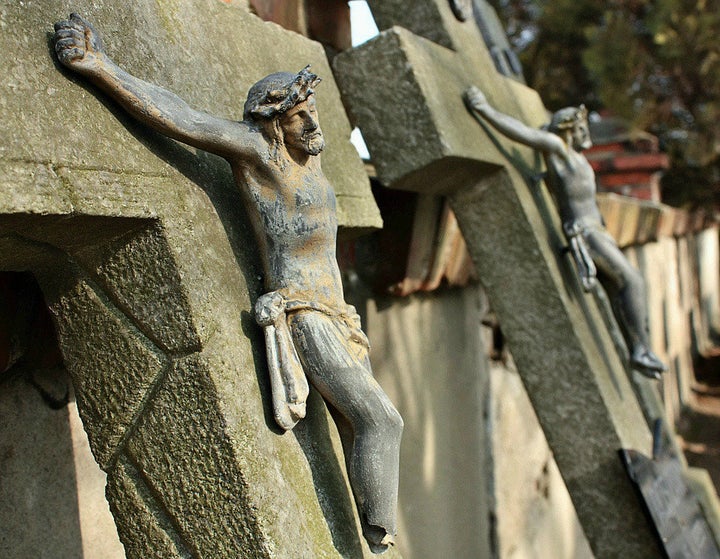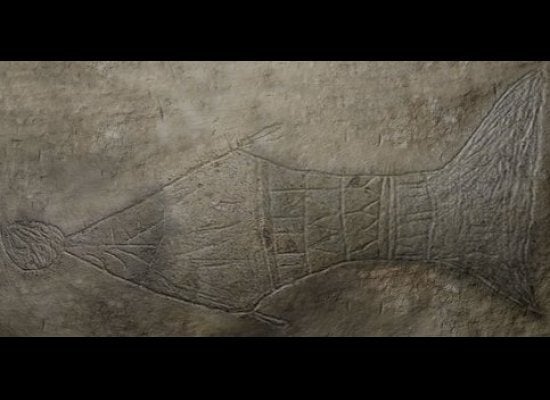
A new study suggests that the Biblical date of Jesus' crucifixion is, in fact, possible to confirm.
The International Geology Review investigated an earthquake that was said to have occurred the same date as Jesus' crucifixion. Biblical citations combined with geological research suggest the date may have been Friday April 3, 33 A.D. Taken alone, geological research has identified a window from 26 to 36 A.D.
In Gospel of of Matthew, Chapter 27 says: “And when Jesus had cried out again in a loud voice, he gave up his spirit. At that moment the curtain of the temple was torn in two from top to bottom. The earth shook, the rocks split and the tombs broke open.”
According to Discovery News, geologist Jefferson Williams of Supersonic Geophysical and colleagues Markus Schwab and Achim Brauer of the German Research Center for Geosciences, analyzed earthquake activity in the area by studying three cores from the Ein Gedi Spa beach.
The research confirmed that two major earthquakes hit the area specified, one during the period between 26 BCE and 36 CE, and could be the one referred to in the Gospel of Matthew.
However, the earthquake data alone doesn't fully confirm the date. Williams, Schwab, and Brauer point out that the earthquake implied in the gospel could be allegorical, referring to the earthquake that occurred sometime before or after the crucifixion.
This earthquake would have been powerful enough to break apart the sediments of Ein Gedi but not enough to have warranted "a still extant and extra-biblical historical record."
“If the last possibility is true, this would mean that the report of an earthquake in the Gospel of Matthew is a type of allegory,” they write in the International Geology Review.
Further research is being done by Williams and his team who are now analyzing the report of darkness from noon to 3pm after the crucifixion. Three of the four canonical gospels claim that darkness pervaded during those three hours which could allude to a dust storm, according to Williams.
As reported by Discovery News, Williams had intended to investigate if dust storm deposits coincide with the early first century Jerusalem region earthquake. In an email to HuffPost, he indicated those plans were being re-evaluated.
Editors Note: This story has been updated to reflect additional information provided by Williams, who has a website with additional information. We have specifically clarified that the date of April 3, 33 can only be arrived at as a possibility through Biblical citation, and not purely through geological evidence.
CHECK OUT OTHER SCIENTIFIC DISCOVERIES ABOUT RELIGION
